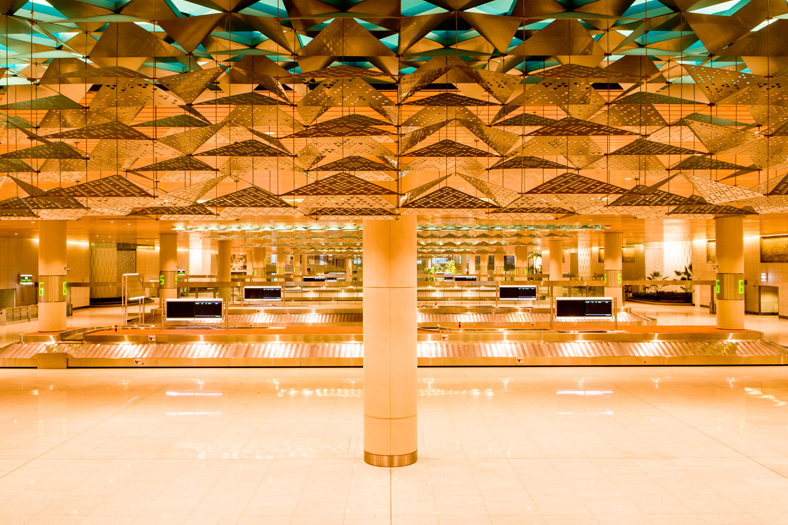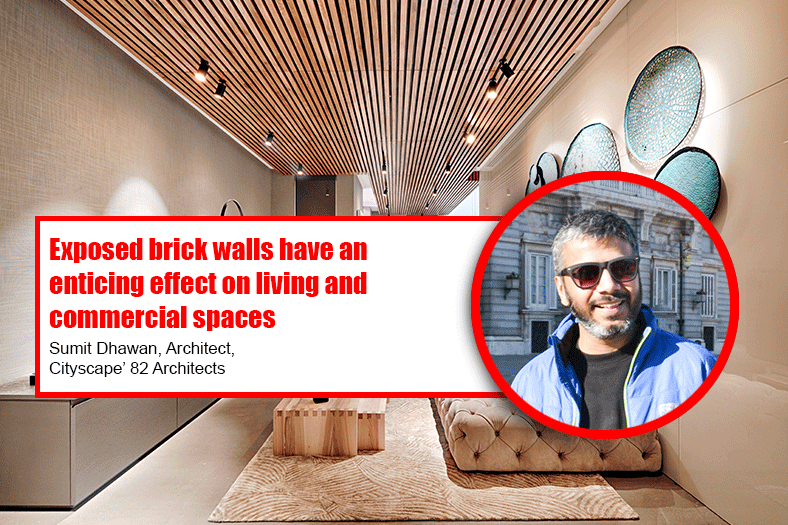Enabling Indian infrastructure using global tech

The role of GVK Indian Infrastructure has been very profound and across different sectors, using innovation and technology as the key parameters. GVK continues to create modern hallmarks that are incredibly Indian.
GVK – Building the Nation Since 1992
Since its inception in 1992, GVK has successfully implemented projects in record time. GVK set up India’s first Independent Power Project (IPP) in the private sector at Jegurupadu, Andhra Pradesh to generate 217 MW power and added another 228 MW in the second phase. GVK commissioned another power plant, Gautami at Kakinada, Andhra Pradesh, to generate 464 MW power.
GVK has successfully executed India’s first six-lane expressway connecting Jaipur to Kishangarh in the state of Rajasthan. GVK has also developed a four-lane road project between Deoli and Kota in Rajasthan. GVK has developed and commissioned a 330 MW hydro power project in the state of Uttarakhand and a 540 MW thermal power project in the state of Punjab.
In the hospitality sector, GVK has built some of the finest luxury hotels in Hyderabad, Chandigarh, Chennai and Mumbai. GVK currently owns seven 5-star hotels. GVK has set up GVK one, a mega retail mall spread over 7,10,000 sq ft in Hyderabad. GVK’s Mumbai International Airport Ltd will be developing and managing the Greenfield 60 million passengers per annum capacity Navi Mumbai International Airport. Work has begun in earnest and GVK has appointed world renowned architects M/s. Zaha Hadid to design the Central Terminal Complex.
Modernising the Airports in Mumbai and Bengaluru
GVK is responsible for operation and modernisation of Mumbai’s Chhatrapati Shivaji Maharaj International Airport, which has been termed as one of the most challenging infrastructure projects in the world. GVK CSIA’s new integrated Terminal 2 which has bagged many awards and accolades and attained an iconic status across the globe for integrating a world-class design, infrastructure and operational efficiency.
GVK also took over the management of Kempegowda International Airport (KIA), Bengaluru and developed the infrastructure to meet the growing air traffic. The new terminal at KIA was brought on par with the best in the world with enhanced design and facilities to elevate passengers’ travel experience. Work has also begun on a new Terminal 2 and a second runway. However, GVK divested its entire shareholding to Fairfax India Holdings Corporation in July 2017.
The Mumbai challenge
The first challenge that GVK had to overcome for the Mumbai Airport project was the land constraint at CSMIA while enduring that T2 sets an example in being a highly efficient airport terminal in terms of its overall capacity of managing passenger traffic. This had to be done keeping in mind the complexity of building the new terminal without hindering the operations of the existing airport. Land had been the biggest challenge for GVK while building T2. In order to make space for constructing the new terminal, the old one had to be demolished in stages so that T2 can be built. GVK, during the first few years, had to first demolish existing properties rather than start building the terminal. The various land challenges were amicably sorted over a period of four years of discussions with various stakeholders. During execution of T2, there was limited access to the site and no space for construction related activities. A unique innovative technology was developed for executing the Headhouse Roof Structural Steel Trusses and Pods.
Infusing design elements inspired by local culture
Just as the terminal celebrates a new global, high-tech identity for Mumbai, the structure is imbued with responses to the local setting, history, art and culture. Gracious curbside drop-off zones designed for large parties of accompanying well-wishers accommodate traditional Indian arrival and departure ceremonies. Regional patterns and textures are subtly integrated into the terminal’s architecture at all scales. From the articulated coffered treatment on the head house columns and roof surfaces to the intricate jali window screens that filter dappled light into the concourses, Terminal 2 demonstrates the potential for a modern airport to view tradition anew. The project also makes a significant positive contribution to the local fabric. By integrating into the existing transportation fabric and by furthering connectivity through the simultaneous development of a new road network to service the airport, the terminal helps knit together the historic heart of Mumbai to the south with the city’s burgeoning peripheries to the east and north.
Energy efficiency
Terminal 2 uses a high-performance glazing system with a custom frit pattern to achieve optimal thermal performance and mitigate glare. Perforated metal panels on the terminal’s curtain wall filter the low western and eastern sun angles, creating a comfortable day-lit space for waiting passengers, and responsive daylight controls balance outdoor and indoor light levels for optimal energy savings. Strategically-placed skylights throughout the check-in hall will reduce the terminal’s energy usage by 23 per cent.
At Terminal 2, modern materials and technologies are used to powerful effect. But while cutting-edge strategies set a new standard for sustainable, modern airport design, the terminal is as much a showpiece of the history and traditions of India and Mumbai as it is an unprecedented structural and technological achievement. Rising from the Mumbai cityscape, International Airport celebrates both India’s rich cultural heritage and the country’s increasingly global future.
For more details, contact:
Dr. GVK Reddy,Principal Architect & Designer, Designers Group
22
Cookie Consent
We use cookies to personalize your experience. By continuing to visit this website you agree to our Terms & Conditions, Privacy Policy and Cookie Policy.









